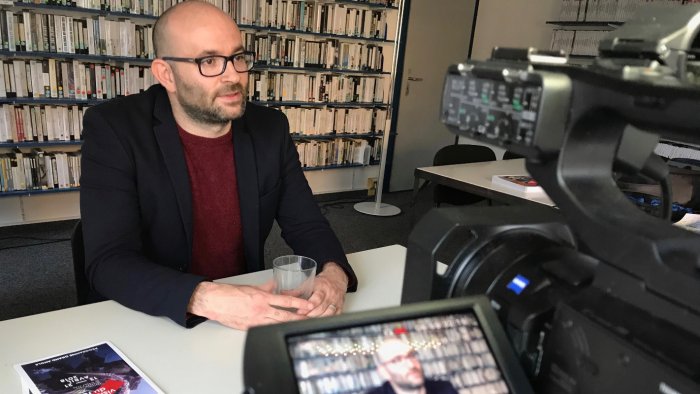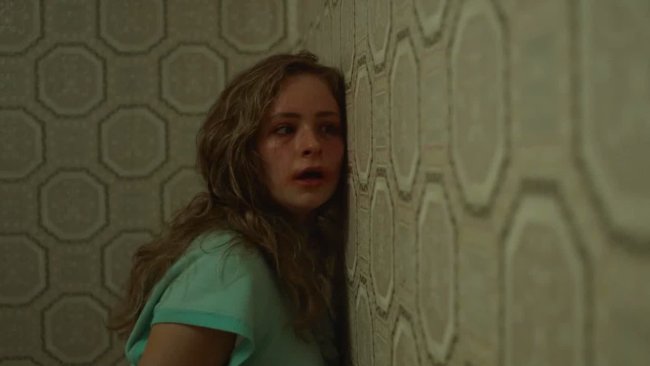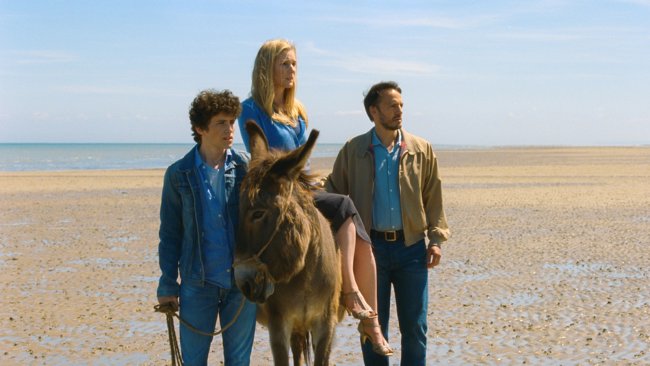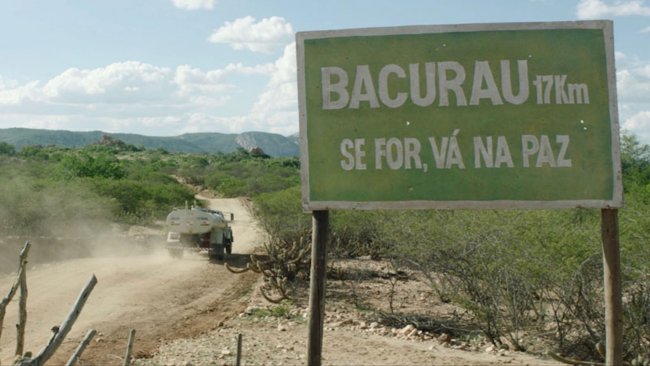Robert Greene
Filmexplorer took the opportunity of participating in the energetic Masterclass by Robert Greene at Visions du réel in Nyon to discuss with him, amongst other topics, his method of film production, his predilection for the fantasies that make our realities, his general view on the documentary process and how it is a non-neutral and collaborative enterprise, and also on his focus on the question of the acting of his characters.
Text: Giuseppe Di Salvatore | Audio/Video: Ruth Baettig
Discussing with Robert Greene his way of making a documentary is a highly intellectual exercise and a passionate moment of sharing our more or less imaginative connection to reality at the same time. His preference for the topic of the acting of a documentary character – whether he/she be an actor/actress or not – is just a consequence of his reflection on the intervention of the camera and the whole filmic dispositive in the documentary process of filming the reality. Moreover, reality itself is nothing but a bundle of fantasies, which in the States – more than in other places – are very often fantasies influenced by cinema. Therefore, the self-reflexivity of Greene’s documentary intervention within reality is compounded by the cinematic self-reflexivity of reality itself.
This is one of the reasons why the overlapping of different layers of more or less fictional pieces of reality is an essential ingredient for Greene’s dramaturgical development in his documentaries. The result is a multi-perspective vision of the subject of the documentary, which resembles the cubist methodology of rendering the three-dimensionality of the object on a two-dimensional surface. In our experience as spectators, this amounts to an increasing closeness to the characters that suddenly becomes a loss of familiarity: one example is Greene’s insistence on the faces of his characters, which makes us finally give up the possibility of seizing their identity. Their excess of presence leads to a sort of invisibility, or uncertainty, that we will feel as the ground for an open identity. This is the moment to live a sort of “empathic shift”, when the character seems to become more intimate with the audience than he/she could be with him/herself.
Such an experience is only one of the aspects that are responsible for the great intensity of Greene’s works. At least two more aspects have to be mentioned, one of which the accurate choice of the frames, in which any detail seems able to convey a particular meaning or story. For this, the collaboration with the cinematographer Sean Price Williams has played a decisive role in Greene’s works, even if in our interview he also stressed the importance of finding and then also maintaining the right energy between the person who is filming and the person who is being filmed. This “collaborative” play is fundamental to getting the images that can convey the intensity that we experience. It is also the reason for a style of production and editing that needs to be light (using a small crew) and quick. The other aspect is the use of music, that often appears in the films like a legitimate character in its own right. In this respect, Greene likes to collaborate with people (like Keegan DeWitt, for the last two films) who are able to present music without concealing its presence, and so breaking an obnoxious implicit rule of classical documentary, that music should be a functional background sound and nothing more.
These few reflections are just meant to accompany the interview that we were able to have with Robert Greene in Nyon, where many other intriguing aspects of his practice of and opinion on documentary film are discussed at length.






